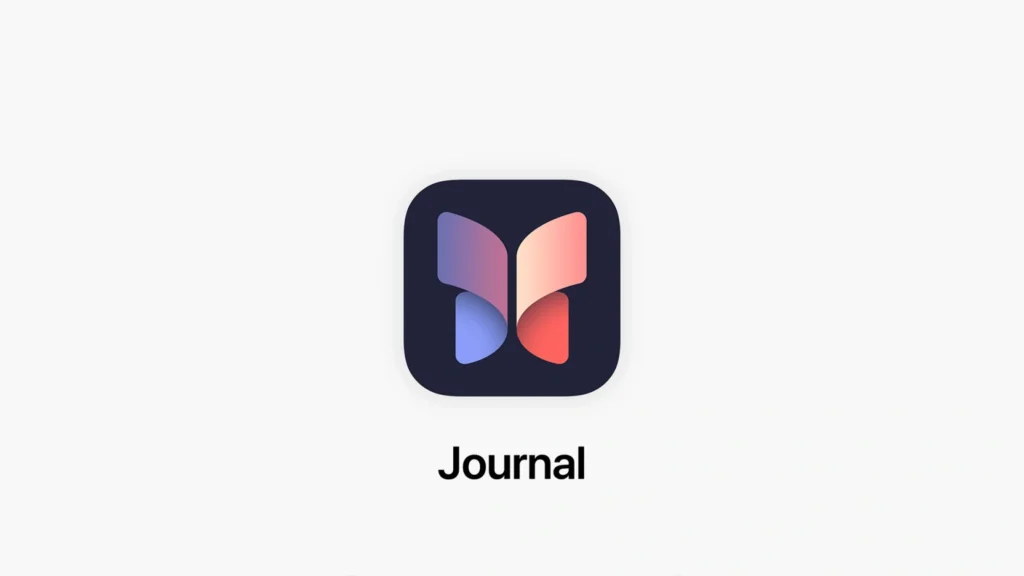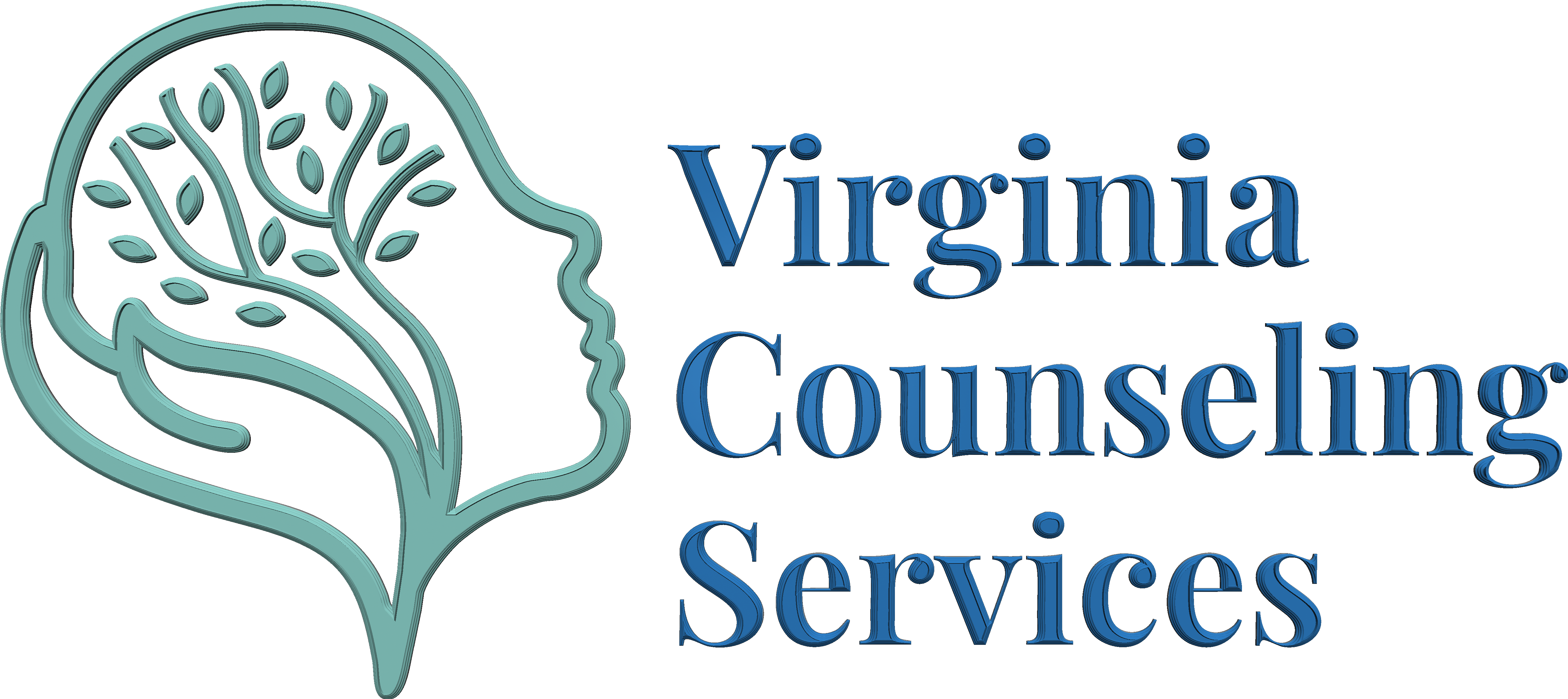In recent years, technology has been playing an increasingly significant role in mental health care. From devices that tell you if you’re not walking enough to software/apps that offers therapy anywhere in the world, tech companies are realizing more and more the increase of mental health issues. One such company is (my favorite): Apple.
For all the Apple fans out there, yesterday was their yearly developer conference. WWDC is where Apple makes their yearly introduction to software developers (and the world) the next generation of software that is due later in the year. Much to my delight, they announced a series of updates coming as part of iOS 17, iPadOS 17, and watchOS 10 focusing on mental health.
Mental Health Features
In years past, Apple had already started shedding light on mental health issues with the inclusion of a Mindfulness app on the Apple Watch. Mindfulness helps users take frequent breaks and guide them through deep breathing exercises to “recenter” themselves with the use of pretty visual prompts — like a pulsating Lotus flower. In therapeutic work, I like to refer to it as “take some deep breaths to calm the hell down”, but it’s the same end result: you become more attuned to yourself and find ways of slowing down. The watch app also has the ability to record your heart rate and tell you of changes registered while you are doing the exercise. This is an easy way for people to see the difference deep breathing does.
The new additions that Apple mentioned reinforce their commitment to destigmatize mental health issues and encourage users to take an active role in their well-being. One new app discussed was Journal. Journal allow users to log their momentary emotions and daily moods. Users can scroll through different multidimensional shapes and choose how they are feeling in a range from Very Pleasant to Very Unpleasant. The app goes further by allowing people to select other details that are having the biggest impact on their feelings, like “Travel” or “Family”, and describe their feelings, such as “Grateful” or “Worried”.
In the Health app, users can see trends, patterns, and valuable insights over time that might be contributing to their mental well-being. Whether it’s specific events or lifestyle factors, such as sleep or exercise, all of it is a wealth of information that empowers people to get to know how they can regain control over their wellness.

Why do these apps and announcements give me goosebumps and tingle my Therapy senses? Because it supports education, knowledge, and empowerment to millions of people about themselves. If you read my previous post about the mood-tracking app you know the value of daily notes of what’s going on, mood, and more. It is over longer and longer time periods that anyone can start seeing patterns. Part of therapeutic work is trying to assess how different things in the world effect an individual. The hardest part is starting the note-taking part. Most of the time we discuss just downloading a journaling app for a few sessions before a client takes that step.
The Health app offers new mental health features. Users can log their daily moods and momentary emotions; see what might be contributing to their state of mind; and easily access depression and anxiety assessments often used in clinics, plus resources available in their region.
Apple newsroom
With the new iOS software, the journaling capability will be on all compatible iDevices worldwide. Download – install – viola! This gives the opportunity for people to look at the new icon or system notifications from these features and go “Hmmm. Let me see what this is.” That’s how it starts: with the initial curiosity.
Yes, I’m a fanboy. I’m sure that Android or other OS’s have the same or similar features, but there lies the problem: I don’t know about them. If I, as an obsessed techie, don’t immediately know if these are available on non-Apple devices, then the users of those devices aren’t aware of them either.
Now it’ll start changing. Mental health apps will be on all iOS devices with iOS 17, iPadOS 17, and watchOS 10. All the tech blogs and Apple critics will say “yes, but [insert operating system of choice] has the same features.” Guess what happens then? The critics will teach non- users how to access mental health tools hidden in their phones. Either way, it’s a win for those of us who fight for mental health awareness everywhere.

